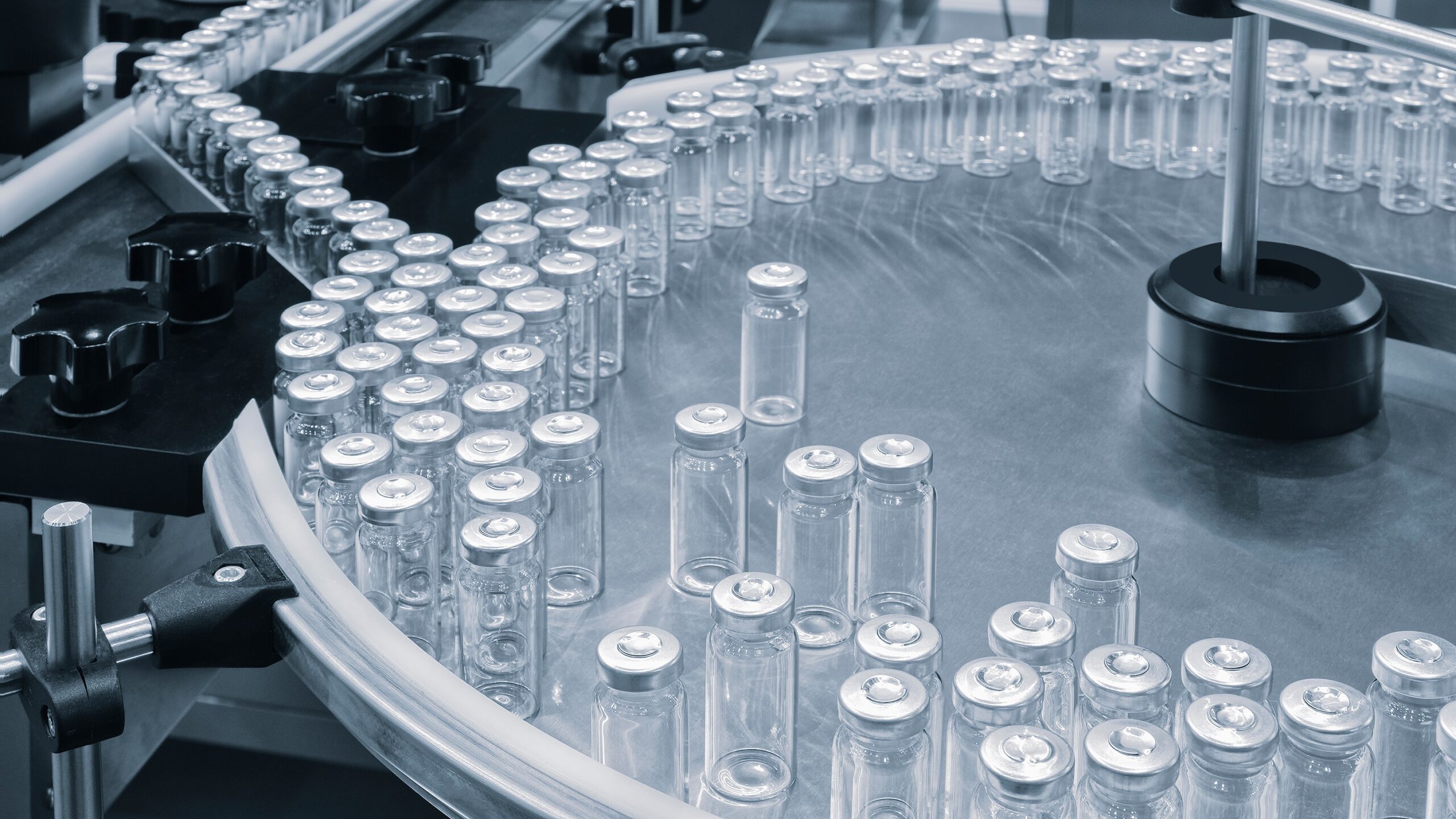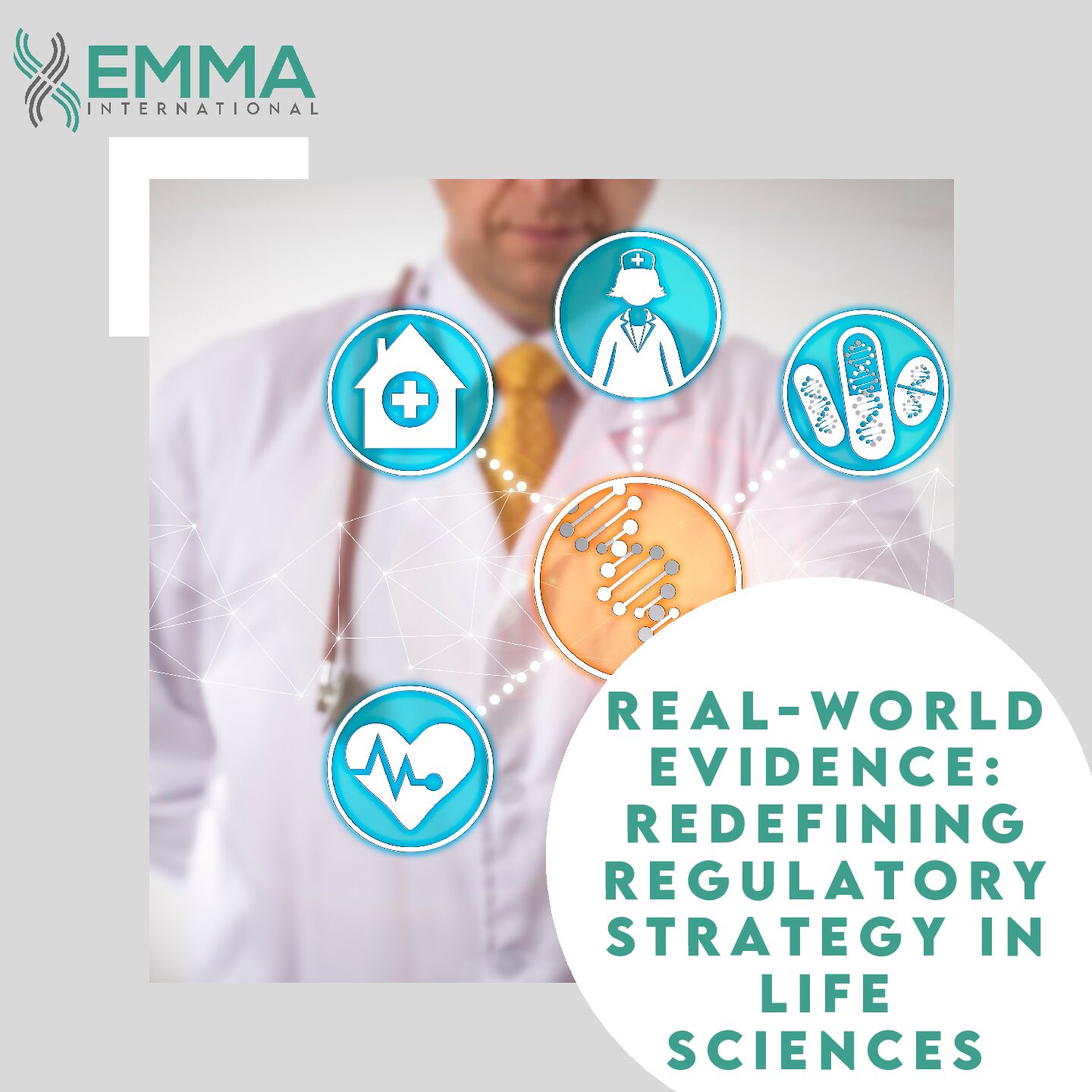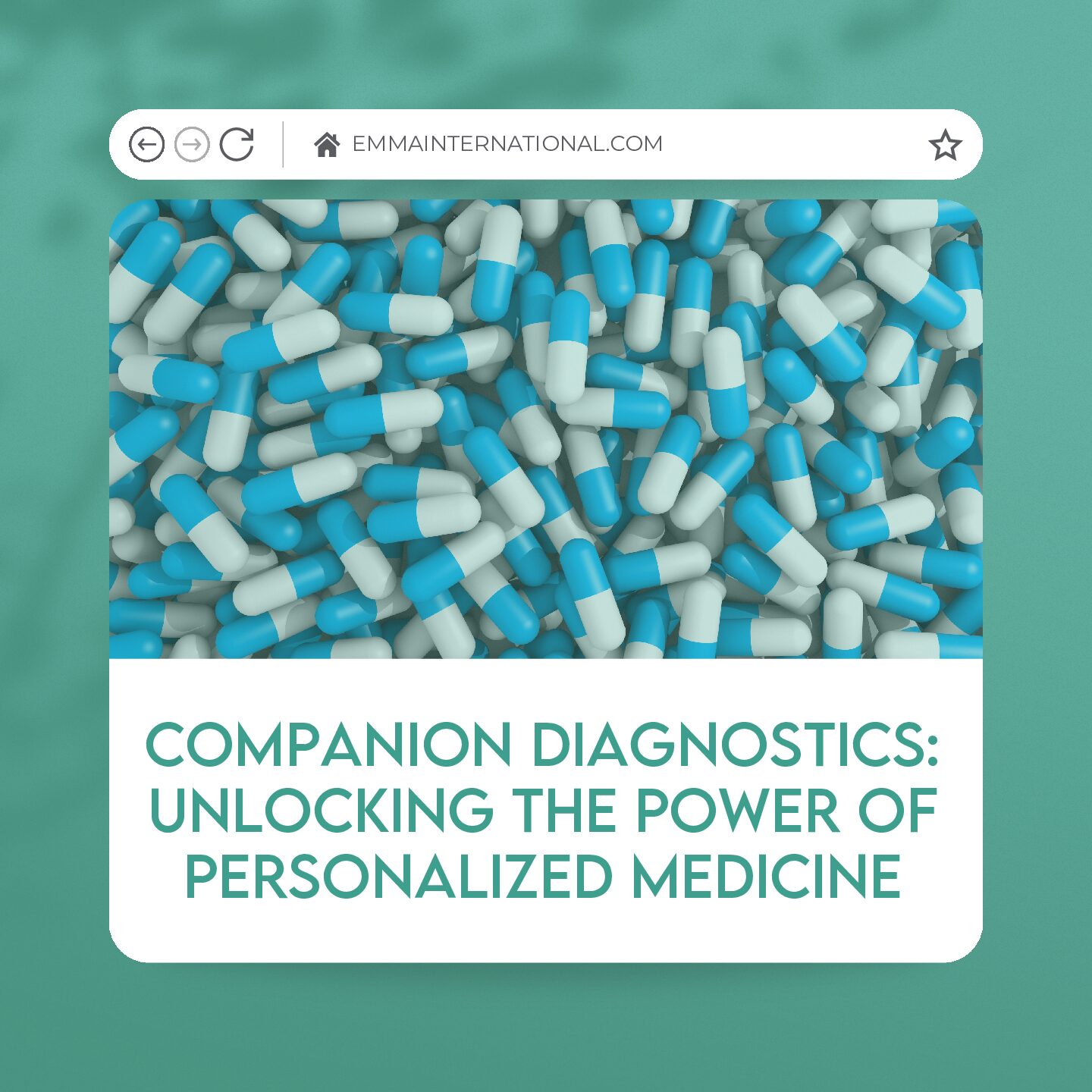Annex 1 of the EU GMP (Good Manufacturing Practice) guidelines is a critical regulatory framework governing the manufacturing of sterile medicinal products. Originally aimed at sterile drug production, Annex 1 has undergone significant revisions, with the latest update emphasizing a holistic, risk-based approach to sterile manufacturing. These changes not only strengthen the focus on contamination control but also align with technological advancements and regulatory expectations. For drug manufacturers, understanding and complying with Annex 1 is crucial to ensuring product safety, efficacy, and regulatory approval.
Annex 1 is part of the European Union’s GMP guidelines, specifically addressing the manufacturing of sterile medicinal products. It sets out detailed requirements for ensuring product sterility, minimizing contamination risks, and maintaining the highest standards of manufacturing quality. The recent revisions to Annex 1 highlight a shift toward a proactive, risk-based approach to contamination control.
The scope of the updated Annex 1 has expanded to include not only sterile products but also areas like cleanrooms, critical utilities, and environmental monitoring. This update brings Annex 1 more in line with international regulations and modernizes it to address new technologies like isolators and closed systems in manufacturing.
Key Elements of Annex 1 Compliance
Compliance with Annex 1 requires drug manufacturers to adopt a comprehensive strategy to maintain product sterility and ensure overall quality. The following are the major areas of focus:
1. Contamination Control Strategy (CCS)
One of the most significant additions to the updated Annex 1 is the requirement for a robust Contamination Control Strategy. This strategy must cover the entire manufacturing process and include risk assessments of critical areas where contamination could occur. CCS should be dynamic, meaning it needs to be continuously reviewed and updated based on process changes, deviations, or new risks. The strategy should integrate different aspects of the facility, including personnel flow, equipment, cleaning, and monitoring. Every manufacturer must ensure that the CCS is documented and routinely evaluated to meet regulatory expectations.
2. Cleanroom Design and Classification
Cleanroom design plays a crucial role in minimizing contamination risks. Annex 1 specifies requirements for cleanroom classification based on particle concentration and outlines the necessary air quality standards during operations. For example, areas where the most critical operations occur, such as product filling, require the highest levels of cleanliness.
Manufacturers must ensure that their cleanrooms are classified and validated according to these guidelines. Regular environmental monitoring and periodic revalidation are essential to maintaining compliance.
3. Aseptic Process Simulations (APS)
Annex 1 stresses the importance of Aseptic Process Simulations (APS), also known as media fill tests. These simulations test the aseptic handling process by running the entire manufacturing line with a sterile growth medium in place of the product. The goal is to ensure that the process can consistently produce sterile products without microbial contamination.
Drug manufacturers are required to perform APS during initial process qualification and periodically thereafter. The frequency of media fill testing should be determined by a risk-based approach, considering factors such as equipment use, personnel changes, and modifications to the production environment.
4. Environmental and Personnel Monitoring
Environmental monitoring is a critical component of Annex 1 compliance. Manufacturers must establish comprehensive monitoring programs for air, surfaces, and personnel to detect and control microbial contamination. Monitoring results should be regularly reviewed and trended to identify potential issues early.
In addition to environmental monitoring, personnel training and monitoring are equally important. Personnel are one of the largest sources of contamination in sterile environments, and Annex 1 requires drug manufacturers to minimize human intervention in aseptic processes. Personnel involved in these processes must be properly trained, monitored, and evaluated for compliance with gowning and aseptic techniques.
5. Sterilization Validation
Sterilization is the cornerstone of sterile drug manufacturing, and Annex 1 places significant emphasis on validating sterilization methods. Whether through autoclaving, dry heat, or filtration, manufacturers must prove that their sterilization processes are effective and reliable.
Validation should include worst-case scenarios, such as maximum load sizes and difficult-to-reach areas, to ensure that sterilization is uniform and effective. Moreover, manufacturers need to establish ongoing monitoring and revalidation practices to verify the continued effectiveness of their sterilization processes.
6. Advanced Technologies and Automation
Annex 1 acknowledges the increasing use of advanced technologies such as isolators, RABS (Restricted Access Barrier Systems), and automated systems. These technologies can reduce human intervention, thereby lowering contamination risks. However, manufacturers that incorporate these technologies must also ensure that they are validated and properly maintained.
The revised Annex 1 encourages the use of these technologies but requires manufacturers to demonstrate that they contribute to reducing contamination risks and improving overall process control.
Complying with the stringent requirements of Annex 1 can be challenging for many pharmaceutical companies, especially those dealing with sterile drug production. EMMA International is well-positioned to assist manufacturers in navigating these complex regulations. Our expertise in regulatory compliance, quality management, and sterile manufacturing ensures that we can guide your organization in aligning with Annex 1 requirements.
Annex 1 sets the standard for sterile drug manufacturing in the European Union and beyond. Compliance requires a holistic, risk-based approach that covers everything from contamination control strategies to cleanroom design and process validation. By embracing the updated requirements and leveraging advanced technologies, manufacturers can improve product safety and quality while minimizing contamination risks.
Ready to learn more about how EMMA International can help? Call us at 248-987-4497 or email info@emmainternational.com today to learn more.
European Commission (n.d.) EudraLex – Volume 4 – Good Manufacturing Practice (GMP) guidelines retrieved from: https://health.ec.europa.eu/medicinal-products/eudralex/eudralex-volume-4_en





